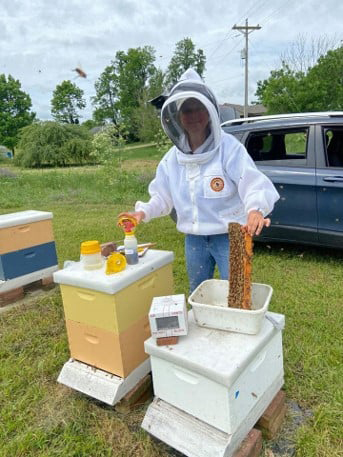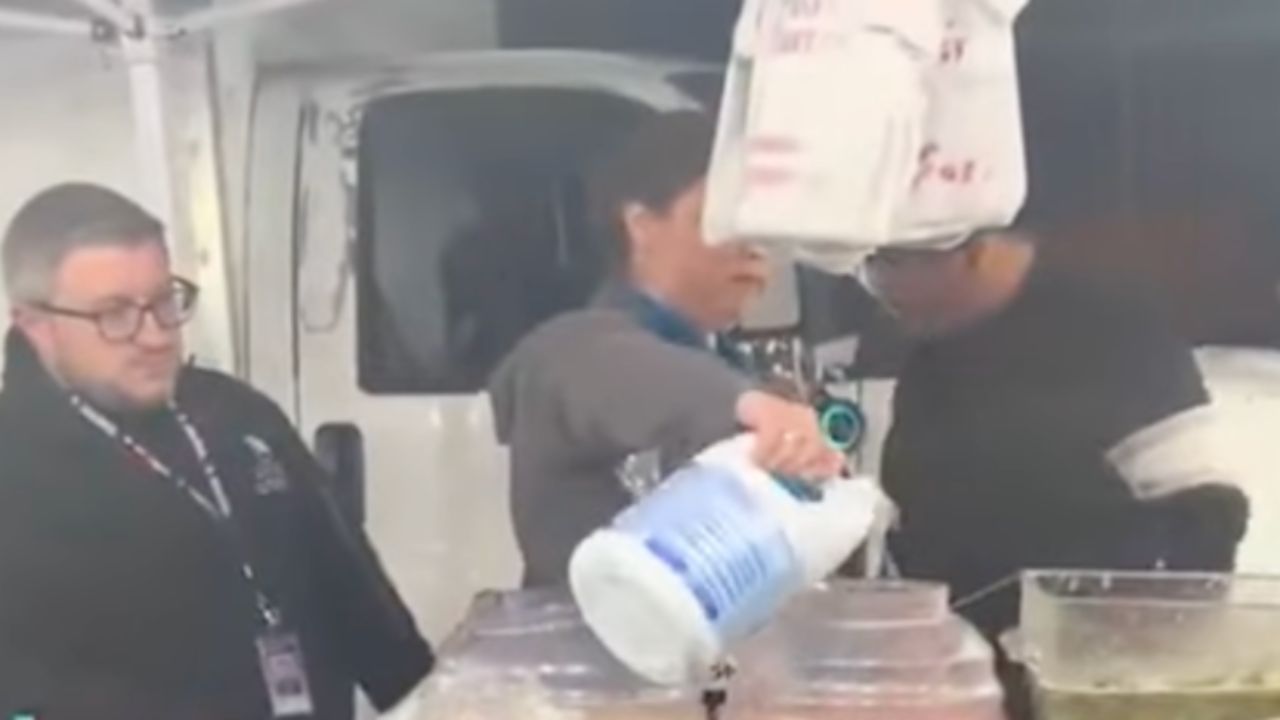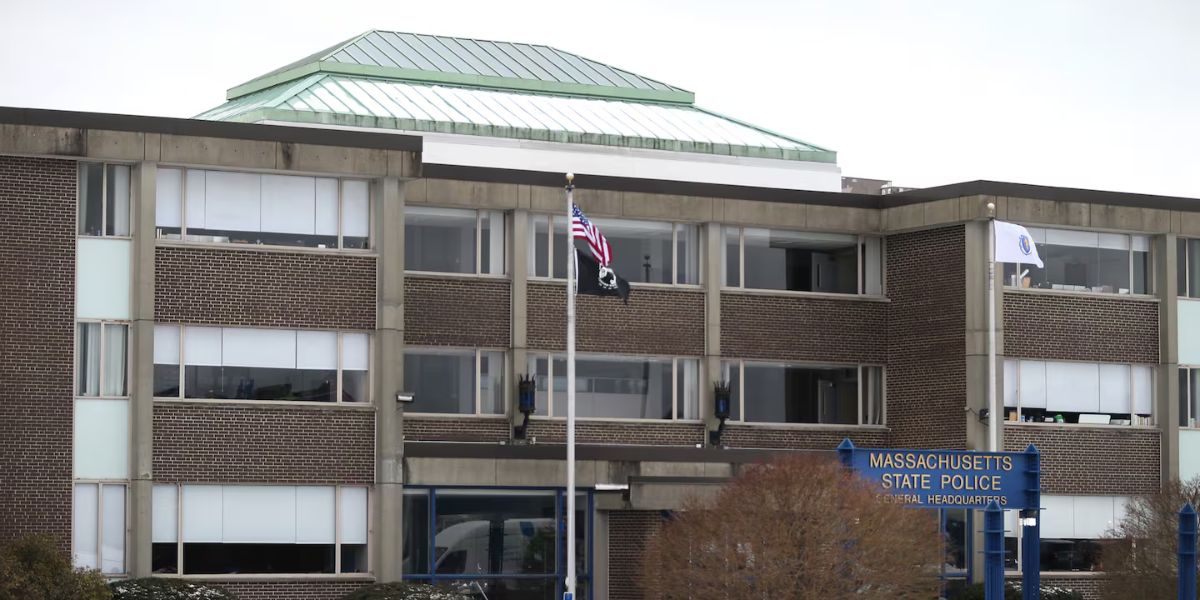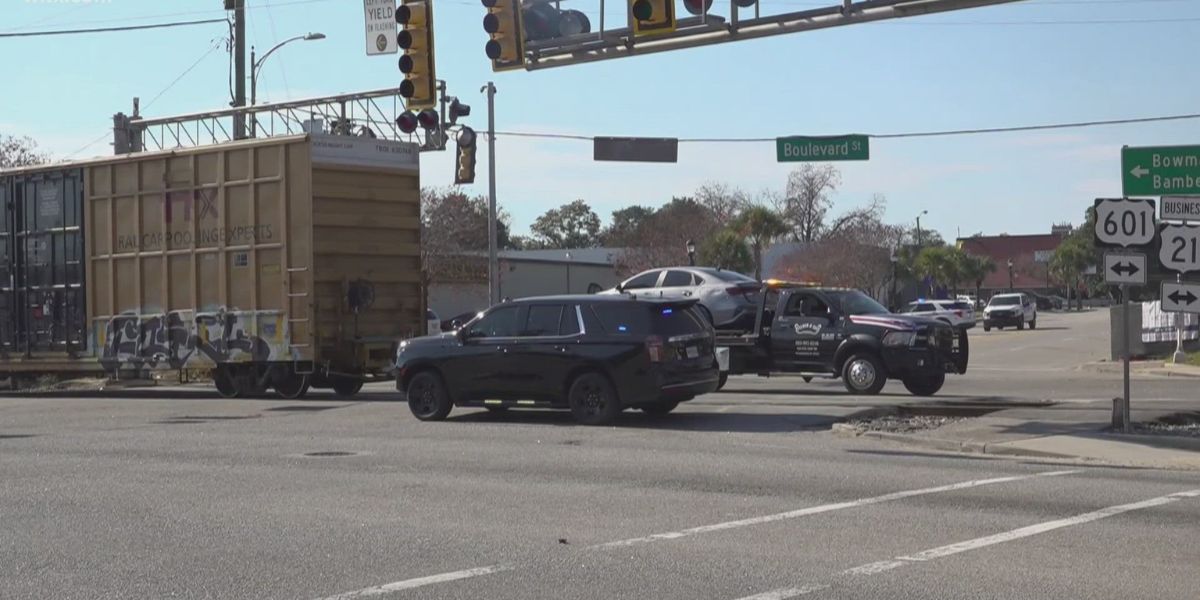By NKyTribune columnist Steve Flairty
Let’s continue the conversation from my prior columns about Kentucky state symbols by discussing this week’s topic, which is generally a good one: the state bug of Kentucky, the honey bee.
In Kentucky and elsewhere, it is an essential organism to our daily existence.
A honey bee’s task begins with the word pollination, which was formally designated as its title in 2010. According to the U.S. Forestry Service, pollination is the process by which pollen grains are transferred from a flower’s male anther to its female stigma, enabling plants to generate seeds and progeny. Because it is a true buddy of fruits, vegetables, and flowers, the honey bee is also a friend of people. Its function as a pollinator is what really makes it unique, and I think it’s a terrific option for our state insect.
Dr. Tammy Horn Potter, a former state apiarist for Kentucky, has devoted a significant portion of her life to beekeeping and has a lot to say on the value of bees. “You only have to look at how Kentucky feeds its people,” Potter said.
We have one of the biggest meat and dairy cow sectors in the state. “Bees pollinate clover, which provides a lot of their food,” Potter explained. Thus, cattle and bees have a tendency to follow one another.
The ramifications of the truth are extensive.
According to her, we now have more than eight billion people on the planet, so we need to think about how we will feed them, and fruits and vegetables are part of that. Pollinators—not just honey bees—are involved in one out of every three bites, either directly or indirectly.
But honey bees stand out among those pollinators.
Because they are generalist pollinators, honey bees are at the top of the list, Potter added. Many different types of flowers are pollinated by them. They’re not experts. As an example, Potter stated that honey bees provide almost thirty billion dollars to our food sector and help set the seeds for Kentucky’s crops, which include watermelons, pumpkins, and apples. About six billion come from native bees.
I questioned Dr. Potter about a feature of honey bees that some people dislike.
Although honey bees don’t sting all the time, she acknowledged that they do sting. Their sting apparatus emerges from their belly when they sting. They only ever have to defend their colony once, as they believe they should. It must be forced to sting even though it will wish to protect its colony.
Potter pointed out that many people believe that once a hive reaches full strength, it stays at full vigor for the remainder of the year, which should dispel a popular misperception about honey bees. That isn’t true. By September or October, it will enter a winter cluster; after that, it will become smaller and less active. She clarified that when the temperature falls below 55 degrees, honey bee activity decreases until roughly March of the following year.
Thus, the honey bee is beneficial. It is the insect of our state. How can we make our citizens more amiable to them?
According to Dr. Potter, planting flowers in the fall is crucial. When a colony has pollen and nectar to get ready for winter, that is a crucial time. For the benefit of all pollinators, including our bumble bees and honey bees, people should plant as many fall-blooming flowers as possible.
She listed asters, sunflowers, tickseeds (coreopsis), purple coneflowers, goldenrods (Kentucky’s state flower), and herbs.
She clarified that they are easy to raise and that they can tolerate some neglect and difficulty. It’s great to plant herbs; some can be let to bloom for the honey bees, while others can be planted for personal use. She suggested popular herbs like basil, thyme, sage, and rosemary, and that it’s okay to leave them in containers rather than just sown in the yard.
Regarding the present situation of honey bees and their sustainability, Dr. Potter feels both optimistic and concerned. Though I believe beekeeping societies are doing a fantastic job of trying to educate beekeepers, she acknowledged that she is concerned about the annual loss of agricultural farmland and the increasing usage of pesticides to combat pests in our food gardens.
Many communities have come together to support pollinators. We have been putting a lot of effort into raising awareness of pollinators for the past 20 years, and it hasn’t slowed down. The 4-H club has a basis that I can build upon whenever I engage with them, and our younger generations are enthusiastic about pollinators. Even though there’s always more to do, it’s always enjoyable.
With Dr. Potter’s assistance, I conducted research on our state insect and found the following information:
may reach a maximum speed of 25 miles per hour and often fly between 12.5 and 14.9 miles per hour.
Up to 60,000–70,000 bees might be found in a colony between June and July.
Around.083 of a teaspoon of honey is produced by a single worker bee.
A lifetime supply of sperm is stored by queen bees.
1,500 eggs can be laid daily by a queen honey bee, and more under ideal circumstances.
Complex symbolic language is used by honey bees.
After mating, drones perish.
In order to ascertain whether queens are mating, beekeepers frequently search for dead drones.
In July, a hive’s temperature is roughly 93 degrees Fahrenheit.
Special glands on a bee’s abdomen produce beeswax.
In a perfect world, a worker bee could visit 2,000 blooms per day.
An emergency queen can be produced by a hive.
Dr. Potter’s three books, Bees in America: How the Honey Bee Shaped a Nation, Bee Economy: What Women and Bees Can Teach Us About Local Trade, and Flower Power: Establishing Pollinator Habitat, may provide you with a wealth of further knowledge about honey bees.






